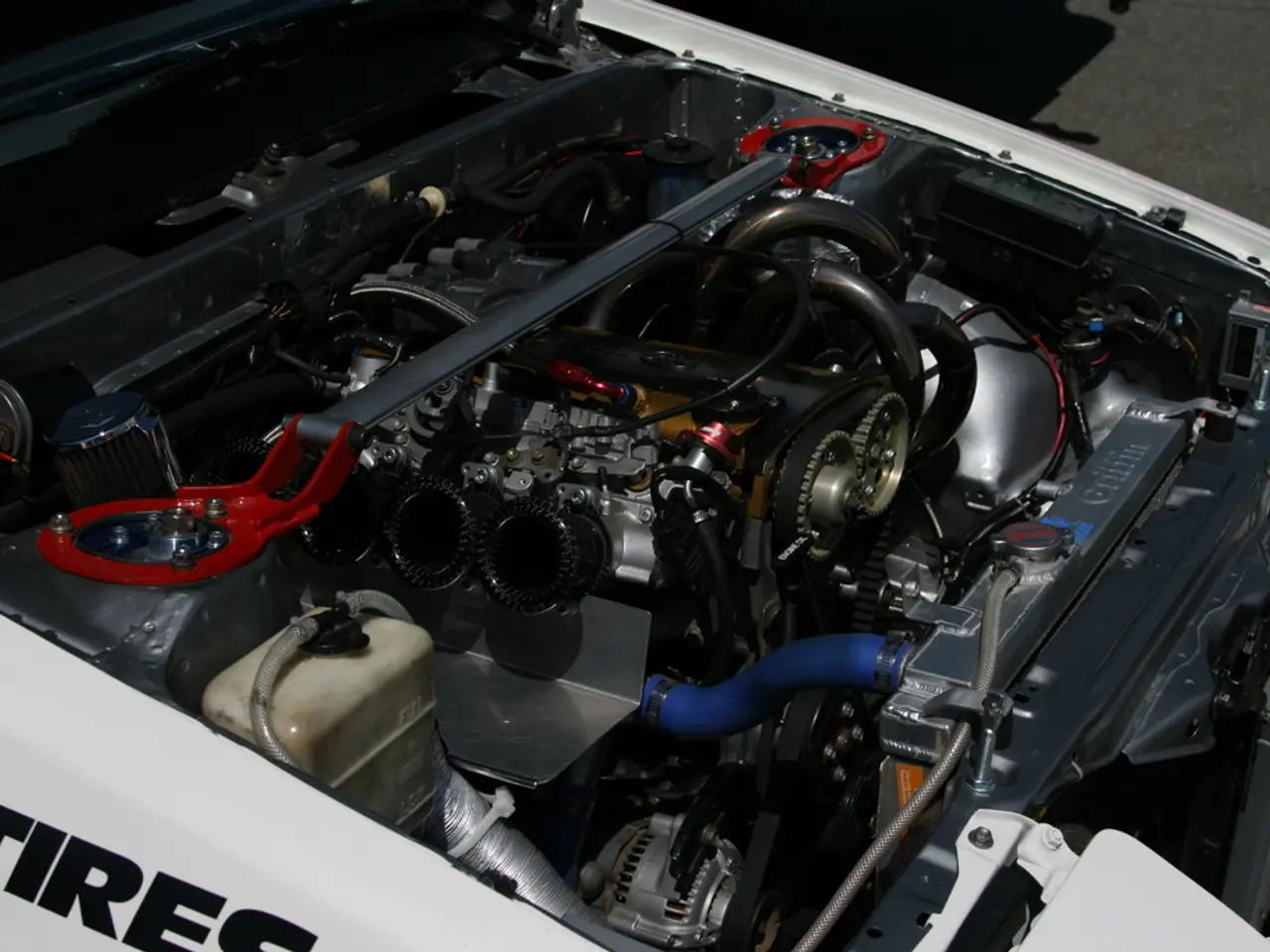Generator sales to surpass USD 49.5 billion by the year 2034, according to market projections.
Global Generator Market Booms with Diverse Growth Trends
The generator market is experiencing a surge in growth, with various factors contributing to its expansion across different segments. From backup power in data centers to clean energy solutions, the market is transforming to meet the demands of a rapidly evolving world.
Market Size and Growth Rates
The real estate generator market is projected to reach USD 2.4 billion by 2035, growing at a CAGR of 8.4%. The fuel cell generator market, a key clean energy segment, is expected to grow from USD 1.4 billion in 2025 to USD 3.1 billion in 2029, at a CAGR of 21.2%. The data center generator market is forecast to reach USD 19.66 billion by 2030, growing at a CAGR of 15.16%. Meanwhile, the diesel generator market is expected to grow to USD 33.03 billion by 2031 at a CAGR of 6.84%.
Key Segments by Type
Diesel generators remain the largest segment, primarily for industrial and commercial use. Fuel cell generators show the highest growth rate, driven by global clean energy transitions. Hybrid and dual-generator strategies are emerging trends in industrial generators to improve efficiency and cost-effectiveness.
Voltage Rating and Design
High-capacity and high-voltage generators are gaining traction in data centers and large commercial complexes due to heavy and critical load demands. Modular and scalable designs are becoming important for flexibility and space optimization in urban real estate and data centers.
Applications and End Use
The real estate sector demands standby and backup generators to support high-rise buildings, mixed-use complexes, retail, and hospitality sectors. Data centers require highly reliable, scalable, and clean power solutions to ensure zero downtime. Industrial sectors rely on diesel generators for primary or backup power in manufacturing plants, remote sites, and infrastructure projects. Emerging fuel cell generators cater to sectors focused on sustainability and emissions reduction.
Regional Insights
Asia-Pacific, led by China and India, drives strong growth due to rapid urbanization, infrastructure expansion, and government-supported energy modernization programs. Europe, particularly Germany, shows advanced adoption of efficient generators aligned with environmental regulations. North America grows steadily with retrofitting projects, grid reliability standards, and significant data center infrastructure investment.
The Role of Generators in Modern Industries
Generators play a crucial role in maintaining business continuity, supporting industrial output, and enabling operations in remote or off-grid areas. In manufacturing, mining, and chemical plants, generators provide stable power for heavy machinery, pumps, and ventilation systems. Hospitals, water treatment plants, telecom towers, and government facilities use stationary generators to ensure continuous operations in emergencies. Portable generators provide essential electricity for construction sites, especially in areas without grid access.
In summary, the global generator market is diversified, with traditional diesel generators maintaining large volume and value, while fuel cell and data center generators represent the fastest growing segments. Growth is regionally led by Asia-Pacific and driven by increased demand for reliability, sustainability, and technological advancement across key applications. The market's expansion enhances rural electrification and stimulates local economic activity in developing countries.
Technology, particularly data-and-cloud computing, is strongly impacting the generator market as data centers require highly reliable and scalable power solutions, leading to the growth of the data center generator market. Furthermore, advances in technology, such as hybrid and dual-generator strategies and modular design, are emerging trends in the industry, aiming to improve efficiency, cost-effectiveness, and address the demands of a rapidly evolving world.




